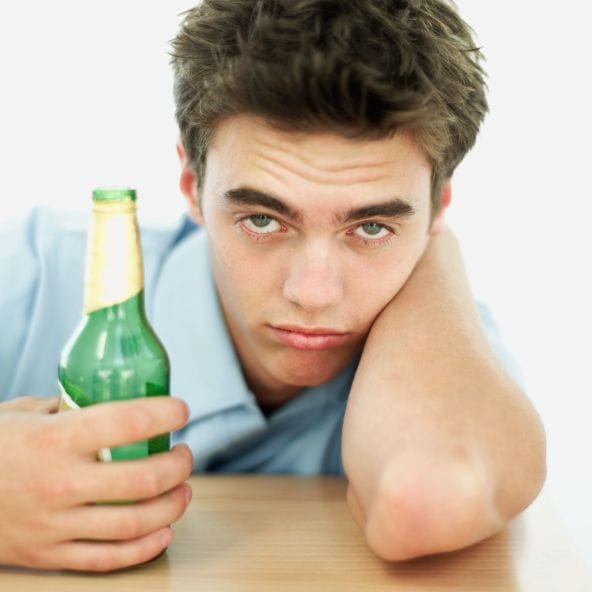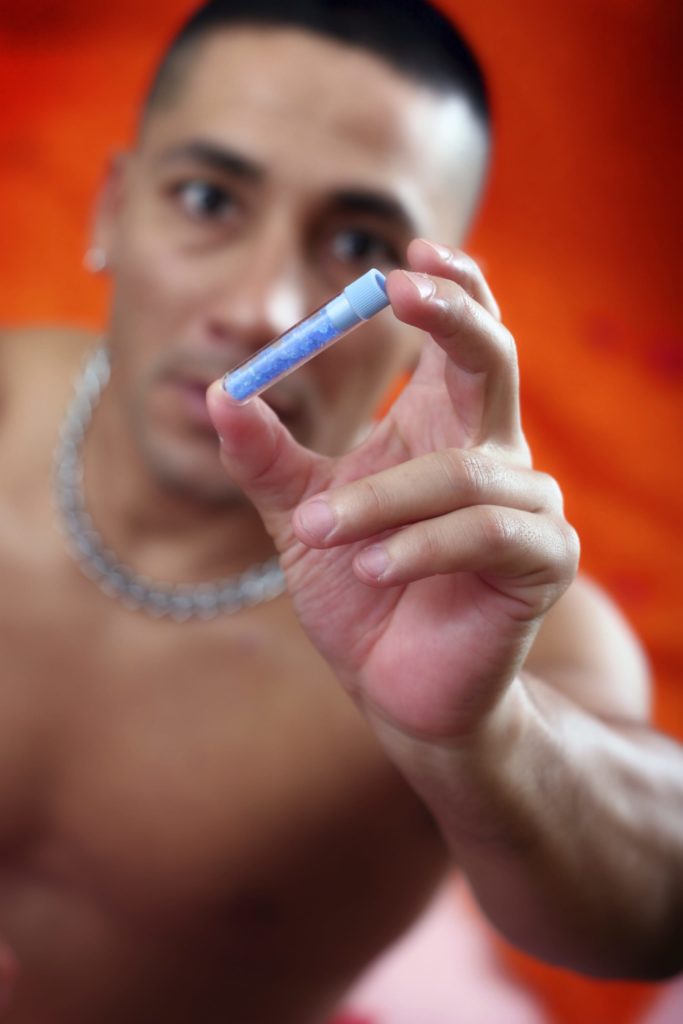Whether it’s detox, rehab, 12-step meetings, learning to curb the use of drugs, managing our lives in new ways or dealing with cravings, anything associated with stopping our addictions is often incredibly uncomfortable (at first) and requires a great deal of effort.
The job of a recovery program is to teach you how to respond when these cravings arise and to help you build your life in a way where they no longer dictate you.
So why, after participating in a recovery treatment program, do so many people give in to cravings? Many people in recovery will admit that their cravings don’t go away and that they can still be very much affected by their triggers even years later. So, even more importantly, what can you do if you are experiencing a craving to help you back away from that ledge?
Cravings creep, ledges overwhelm
While no one can deny the difficulty of countering the all-consuming sensation of cravings related to substance use and addiction, you can wrestle control away from them.
To get scientific for a moment, here are some of the known characteristics of urges that you may already be familiar with:
- Urges last about 30 minutes
- They correlate with negative feelings and a decreased sense of accomplishment
- An urge is the result of something you associate with prior substance use, triggering brain mechanisms connected to your physical need to respond
- After an urge relents, it will come back over time, but if you successfully work with it, it will weaken in intensity and duration
One option for you as you work to discover how to combat the cravings you experience is to “urge surf.” This combination of a body-focused and mindful approach towards dealing with cravings can be very successful in helping you overcome them. Instead of fighting the craving, judging or ignoring it, you’ll see that it passes more quickly as you learn to ride it out.
How to “urge surf”
- Picture the urge like it’s a wave that will dissipate on its own. Just like in the ocean, how you experience that wave is a choice (you can fight with it, see it from the shore, swim to get past it, etc.). Work to get out of your default way of thinking: “Oh great, here’s a craving, I’m probably going to fall back in some way.” Instead, make an active choice to stay with it until it passes, imagining yourself as a surfer who will ride the wave until it crests, breaks and turns into less powerful, foamy surf.
- Note how the urge feels to you. Sit comfortably and attentively. Breathe. Focus your attention on your body and the urge. Where is it in your body? What is it? What does it feel like? How does your breath feel as you breathe in and out? If you begin to overthink, refocus on your breath or the physical sensations.
- Verbalize your experience. Does the urge ebb and flow? Notice when it is gone—did it dissipate slowly, or did it disappear all at once? How do you feel now? Check in with your body and breath to see if the areas affected by the urge are any different. Can you return to what you were doing before the craving without the substance? If not, continue to sit and reflect.
Urge surfing is a form of mindfulness, which can be a useful component of many treatment plans. While you can’t avoid urges or cravings (they are a part of your brain’s healing process), you can avoid doing further damage by learning to stay mindful in your experience.
Connect with us at The Right Step Texas to learn more about our addiction treatment programs and what you can do to set yourself up for success in your recovery. Call us at 844.873.3042.






